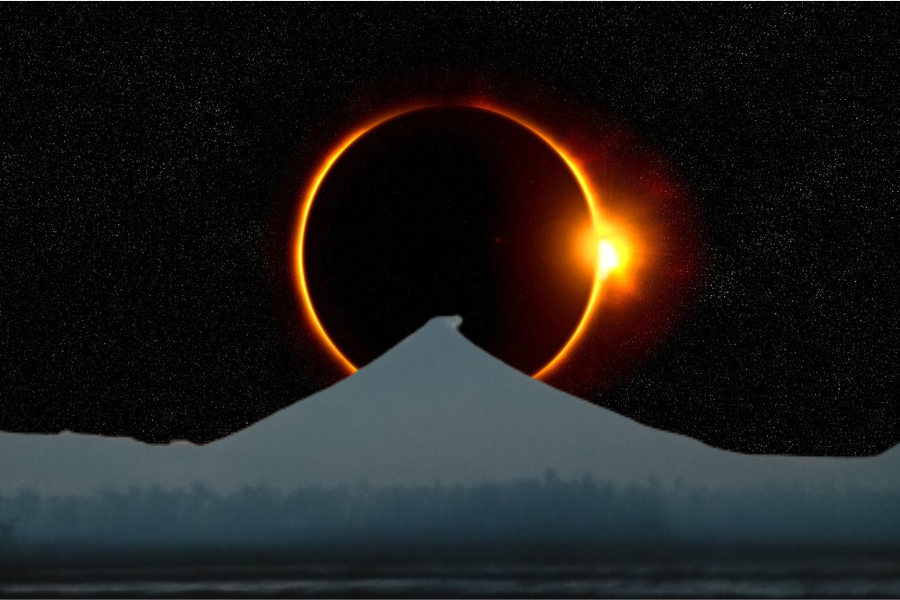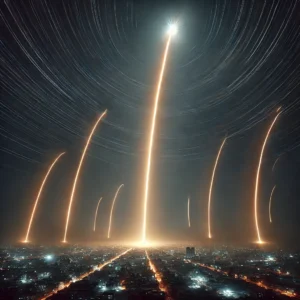Unveiling the Mystical Dance: The Remarkable Solar Eclipse of April 20, 2042

Sun Times Online Image
Imagine this: April 20, 2042, a day that promises to be unlike any other in recent history. On this remarkable day, a celestial event of extraordinary significance will unfold before our eyes. It is a solar eclipse, an awe-inspiring phenomenon where the moon casts its shadow upon our planet, temporarily obscuring the radiant light of the sun.
But this particular solar eclipse holds a unique distinction. Its path will trace a perfect trajectory, enveloping the entire stretch of Palawan in darkness before journeying eastward over Masbate. Finally, as the moon’s shadow bids farewell to our land, it will pass over Albay, home to the majestic Mayon Volcano, known for its impeccable cone-shaped silhouette.
The eclipse will make its grand appearance at around 1:00 p.m. in Palawan, where the darkness will reach its peak. By 1:30 p.m., the celestial spectacle will unfold over Albay, captivating all who witness it.
While the Philippines will bask in this extraordinary event, neighboring regions such as Indonesia’s Sumatra Island, Eastern Malaysia, and Brunei will also share in the splendor of the eclipse.
For astronomers, this April 2042 eclipse is part of a series known as “Saros 139.” This celestial dance occurs every 18 years, 11 days, and 8 hours, consisting of 71 solar eclipses.
The very first of this series graced our planet in the year 1501, and the last is expected to occur in 2763. Yet, despite this cyclic nature, the locations where these total solar eclipses are observed vary with each passing occurrence.
Delving into Filipino mythology, we find captivating tales that attempt to explain the mysteries of eclipses.
Among the ancient Maranao people, legends spoke of a formidable creature called Arimaonga dwelling in the heavens. According to their beliefs, when this majestic beast grew restless, it would devour the moon, causing a lunar eclipse.
Similarly, the T’Boli ancestors passed down a remarkable story of a colossal serpent that lurks in the sky, devouring the sun. To restore the sun’s brilliance, they would play enchanting melodies on their instruments, beckoning a legendary monkey to confront the serpent and compel it to release its captive light.
Throughout the archipelago, diverse legends emerged, attributing eclipses to celestial creatures.
In Hiligaynon mythology, the beast is known as Bawa, Bauta, or Olimaw. Tagalog mythology, on the other hand, referred to this celestial entity as Laho, a word with multiple meanings in Ancient Tagalog language, encompassing a dark cloud, extinction, or eclipse. It is from this root word that the concept of paglaho, or disappearance, emerged.
As we look toward April 20, 2042, let us anticipate this extraordinary event with a sense of wonder and reverence.
It is an opportunity to witness a celestial dance that connects us to ancient beliefs and reminds us of the vastness and mystery of the universe.
So mark your calendars, for this is a day when the heavens will grant us a glimpse into their hidden wonders, a day when the skies will tell stories of mythical creatures and cosmic enchantment.






